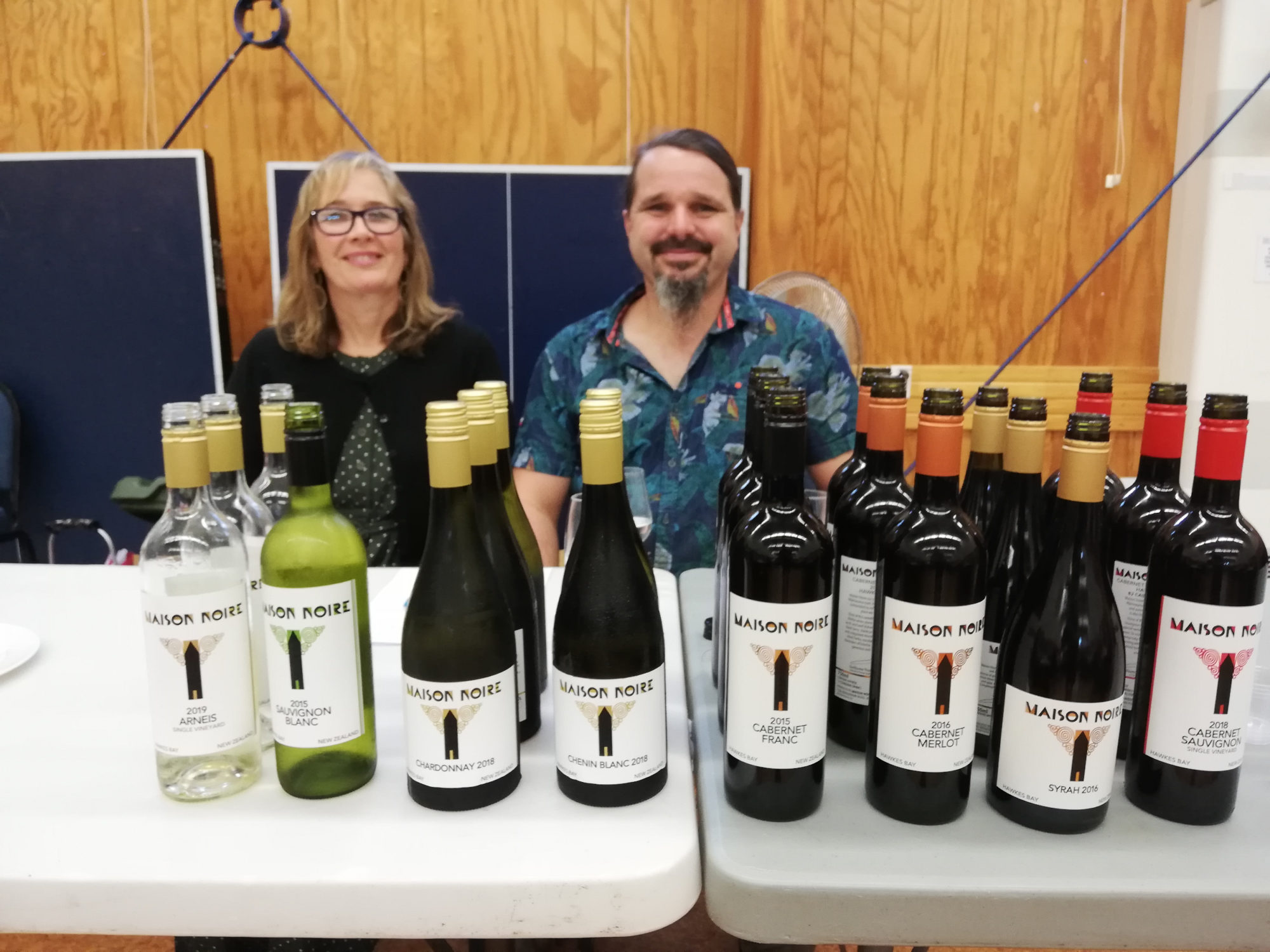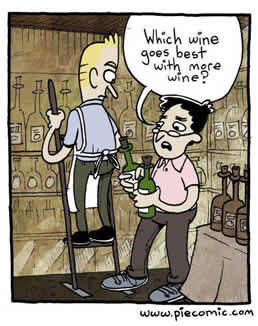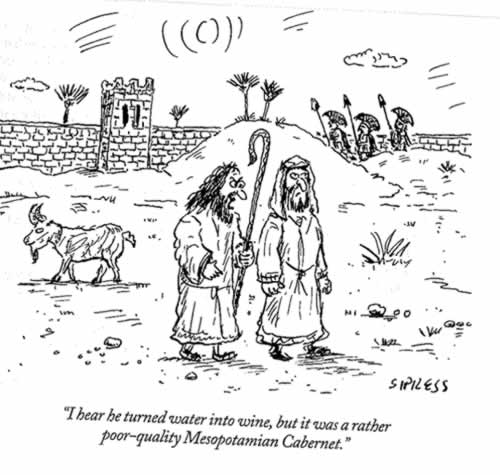The Committee was looking to arrange the always-popular Cuba Street Bistro once again. But as the saying goes, the best laid plans of best-laid men oft gang awry. The building’s owner decided the chosen date would be a good time to undertake earthquake strengthening so the evening had to be scrapped.
 However do not despair! Bistro 52 has been selected as the replacement. This is located in Lower Cuba Street and the Club has been there previously – and it very good it was too. The venue has been booked for Wednesday 19 July, with a 6.00pm start for a 6.30pm ordering of your meal. You will be welcomed with a glass of bubbles! Attached to this Newsletter is a Payment Advice for June 2017 (for both the dinner and your subscriptions). Price for the dinner is $52 per person including corkage – it’s BYO of course.
However do not despair! Bistro 52 has been selected as the replacement. This is located in Lower Cuba Street and the Club has been there previously – and it very good it was too. The venue has been booked for Wednesday 19 July, with a 6.00pm start for a 6.30pm ordering of your meal. You will be welcomed with a glass of bubbles! Attached to this Newsletter is a Payment Advice for June 2017 (for both the dinner and your subscriptions). Price for the dinner is $52 per person including corkage – it’s BYO of course.
Note the date – this is a week later than the Club’s usual meeting evening. It’s the first week of the students’ new semester and they are still finalising the menu, but they have never let us down before!
This looks even now as though it will be a definite winner!








 It’s time for our AGM and we are looking forward to a great attendance. Look at the benefits, scintillating company, some nice food, some even nicer wine, and all at no cost to you personally’
It’s time for our AGM and we are looking forward to a great attendance. Look at the benefits, scintillating company, some nice food, some even nicer wine, and all at no cost to you personally’




